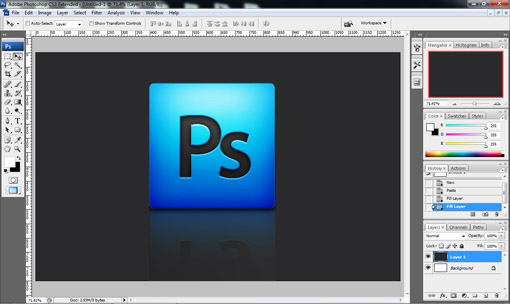In photography, Aperture refers to how big the lens hole opens for the light to travel across. High aperture means big hole, and low aperture means small hole. Controling aperture stop of the photographic lens means controling the amount of light reaching the film or image sensor.
F-Number or F-Stop
In our DSLR, f-number is used to describe the aperture of a lens. Please be aware that the f-number and the aperture level have inverse relationship. What is that mean?
Small f-number = High aperture
Large f-number = Low aperture
F-number or aperture also explain the speed of the lens. Higher aperture (Smaller f-number) has better lens speed. Professional Zoom Lens with aperture f2.8 is faster than the Normal Zoom Lens with aperture f3.5-f5.6.
How to read the lens aperture?
If you have a 18-55mm, f3.5-5.6 lens, it doesn’t mean that maximum aperture is f3.5 and the minimum is f5.6. However, it describes the maximum aperture vary with the focal length.
Focal length = 18mm; Maximum aperture = f3.5
(Range is about f3.5 to f22)
Focal length = 55mm; Maximum aperture = f5.6
(Range is about f5.6 to f22)
If you see a 18-200mm, f2.8 lens, it means the maximum aperture is f2.8 no matter the focal length is 18mm or increased to 200mm.
What can Aperture do for us?
1. Background Blur
Under a same focal length and camera distance from the shooting object, high aperture can increase the background blur, low aperture can decrease the background blur.
*Using manual focus has greater control to create foreground blur or background blur.
2. Increasing Shutter Speed
Under a same ISO level and lighting condition, high aperture can increase the camera’s shutter speed. In contrast, small aperture decrease camera’s shutter speed.
*When the light is not enough, maximize the aperture/minimize the f-number (shutter speed increased) can decrease the probability of blur picture output.
Now you can try to use the Aperture Priority mode (A or Av) and snap some objects with different aperture, then see the effects... ^ ^







